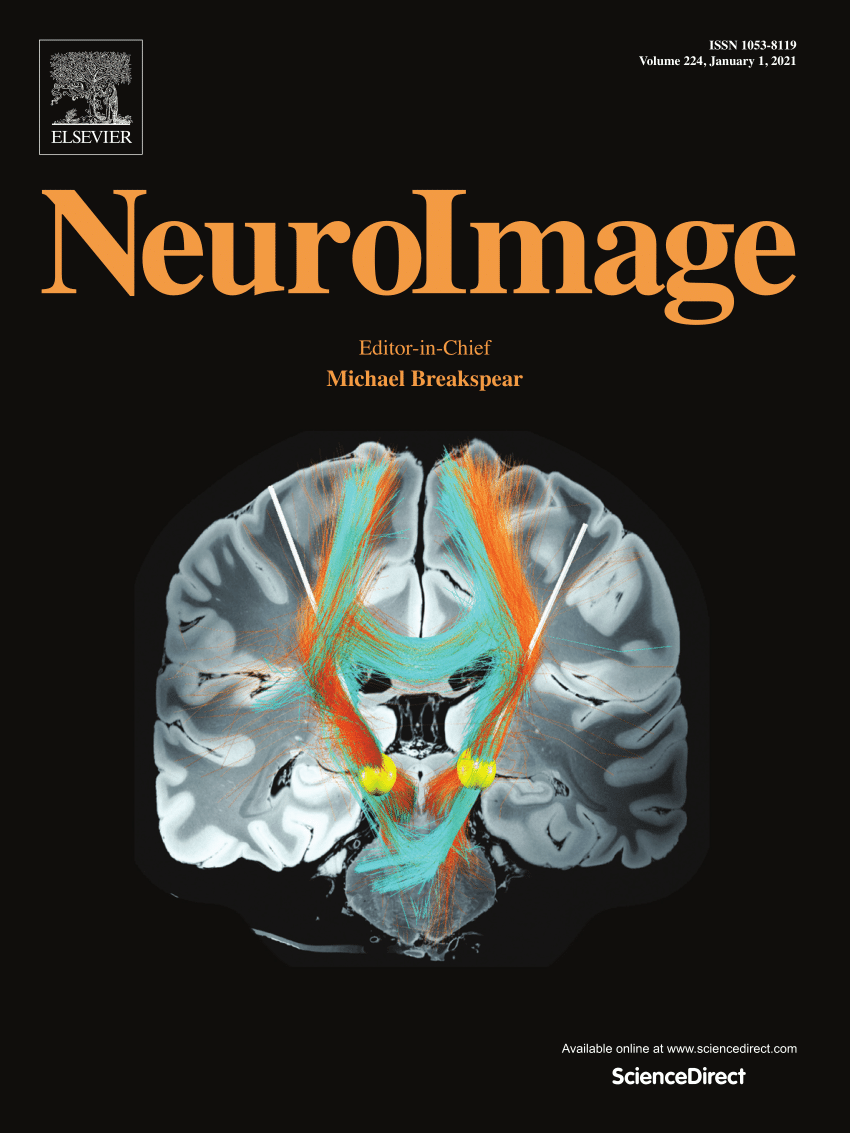Touching-untouching patterns organize action representation in the inferior parietal cortex
IF 4.7
2区 医学
Q1 NEUROIMAGING
引用次数: 0
Abstract
At an abstract temporospatial level, object-directed actions can be described as sequences of touchings and untouchings of objects, hands, and the ground. These sparse action codes can effectively guide automated systems like robots in recognizing and responding to human actions without the need for object identification. The aim of the current study was to investigate whether the neural processing of actions and their behavioral classification relies on the action categorization derived from the touching-untouching structure. Here we show, using a representational similarity analysis of functional MRI data from two experiments, that action representations in left anterior intraparietal sulcus (aIPS) are particularly associated with this categorization of touching-untouching structures. Within the examined action observation network, only the touching-untouching category model selectively correlated with the representational profile of the left aIPS. The behavioral results showed a significant relation between the touching-untouching structure and the observers’ judgments on the similarity of actions with weakly-informative objects. Extending prior research on touchings and untouchings as meaningful anchor points for explicit action segmentation, our findings suggest that touching-untouching sequences serve as an organizing principle in inferior parietal action representation.
求助全文
约1分钟内获得全文
求助全文
来源期刊

NeuroImage
医学-核医学
CiteScore
11.30
自引率
10.50%
发文量
809
审稿时长
63 days
期刊介绍:
NeuroImage, a Journal of Brain Function provides a vehicle for communicating important advances in acquiring, analyzing, and modelling neuroimaging data and in applying these techniques to the study of structure-function and brain-behavior relationships. Though the emphasis is on the macroscopic level of human brain organization, meso-and microscopic neuroimaging across all species will be considered if informative for understanding the aforementioned relationships.
 求助内容:
求助内容: 应助结果提醒方式:
应助结果提醒方式:


